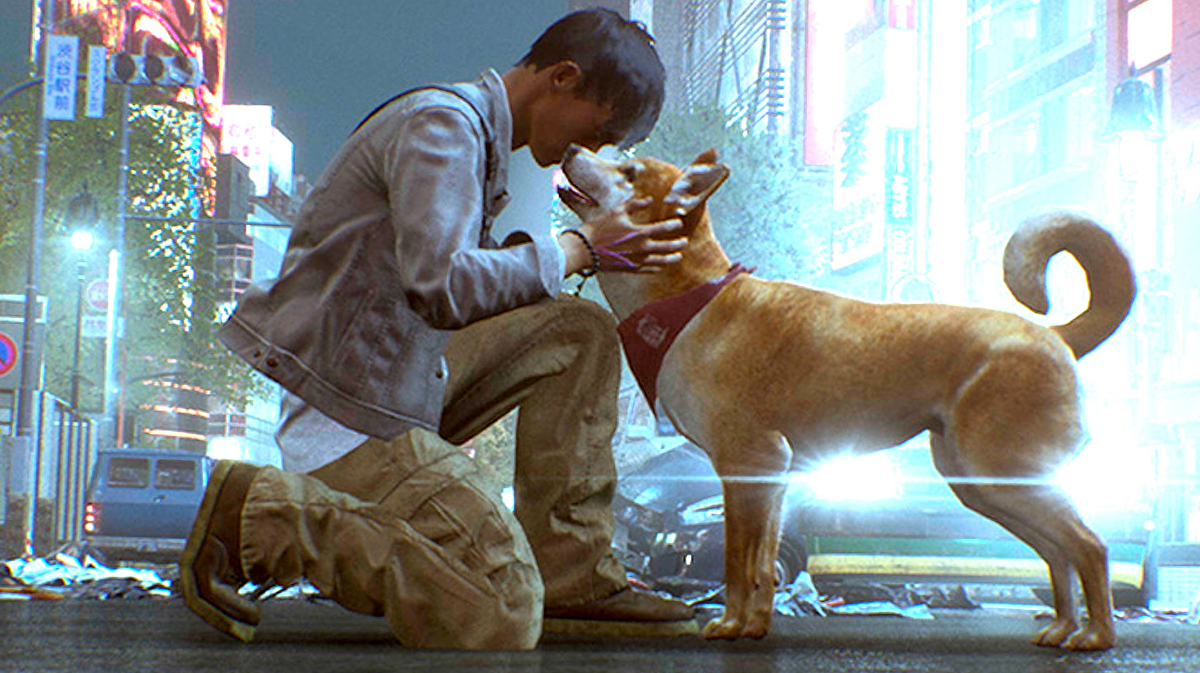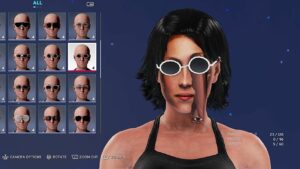
Ghostwire: Tokyo is a game with many surprises in terms of its technical make-up. Developer Tango Gameworks has delivered a gameplay concept I wasn’t expecting, wrapped up in a very different engine from prior titles, offering up an exceptional level of graphical finesse. The move away from its own idTech-based Unreal Engine 4 has clearly been a great enabler for the team, but I approached the PC version with some trepidation. Many recent PC releases have arrived with intrusive levels of stutter that impact the experience – no matter how powerful your hardware. It’s especially common in Unreal Engine 4 titles – and unfortunately, it impacts Ghostwire: Tokyo too.
And that’s frustrating for me, because there’s so much to like here from a visual perspective – especially in terms of ray tracing features. On PC and PlayStation 5, ray traced reflections steal the show. RT reflections are applied liberally in Ghostwire: Tokyo, most striking on highly reflective surfaces where we get a perfect mirror-like effect. That said, they also apply to duller materials too, with a soft distorted look – computationally expensive but adding greatly to lighting realism.
- Common
- Competitor
- concept
- Developer
- different
- engine
- expensive
- experience
- Features
- game
- gameplay
- Gameworks
- Ghostwire
- great
- Hardware
- here
- How
- HTTPS
- i
- Impact
- IT
- Level
- levels
- materials
- move
- offering
- PC
- perspective
- playstation
- playstation 5
- powerful
- Reflections
- Releases
- rt
- s
- Said
- So
- Technical
- The
- tokyo
- Tracing
- unreal engine
- Unreal Engine 4
- version











